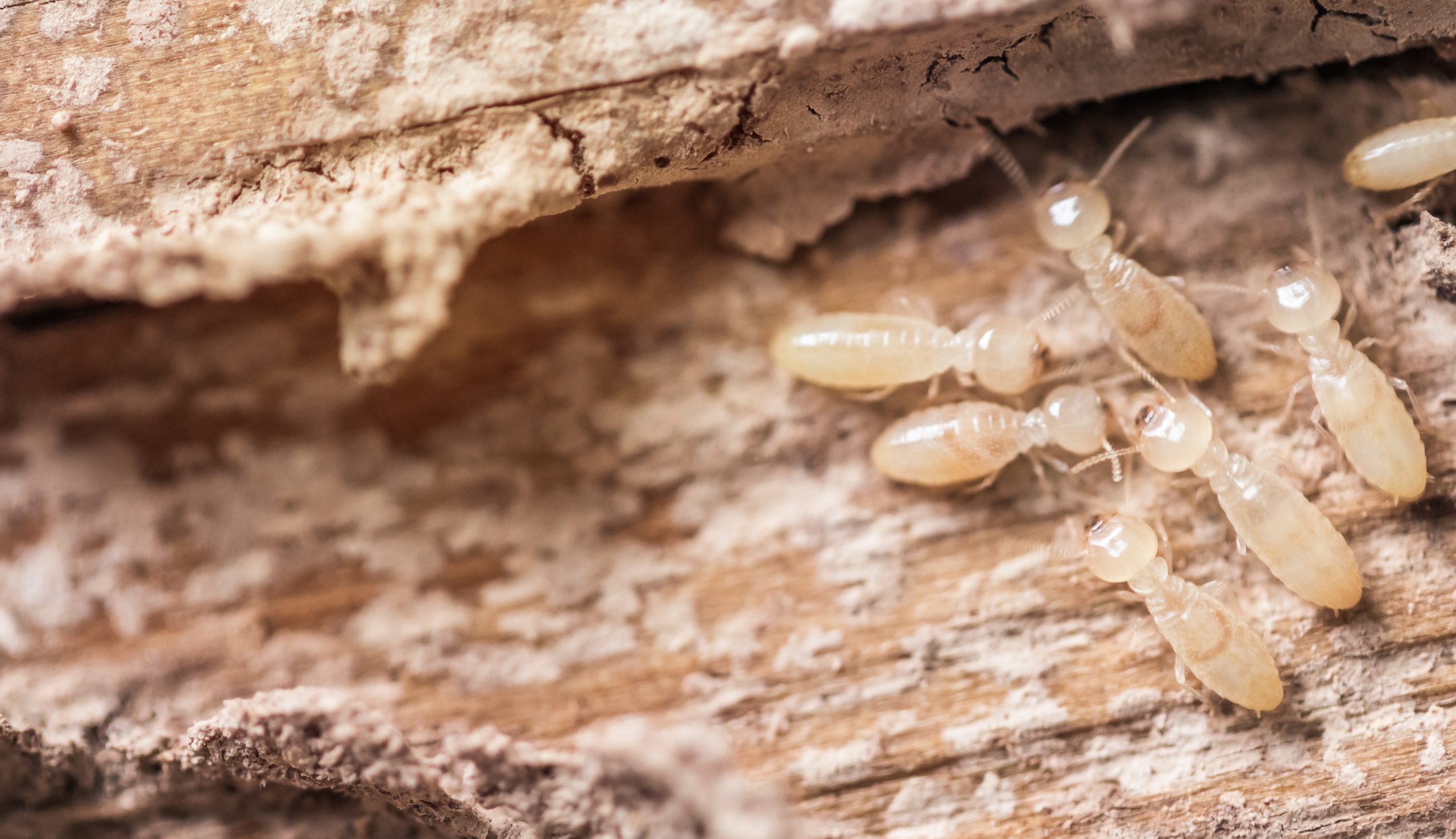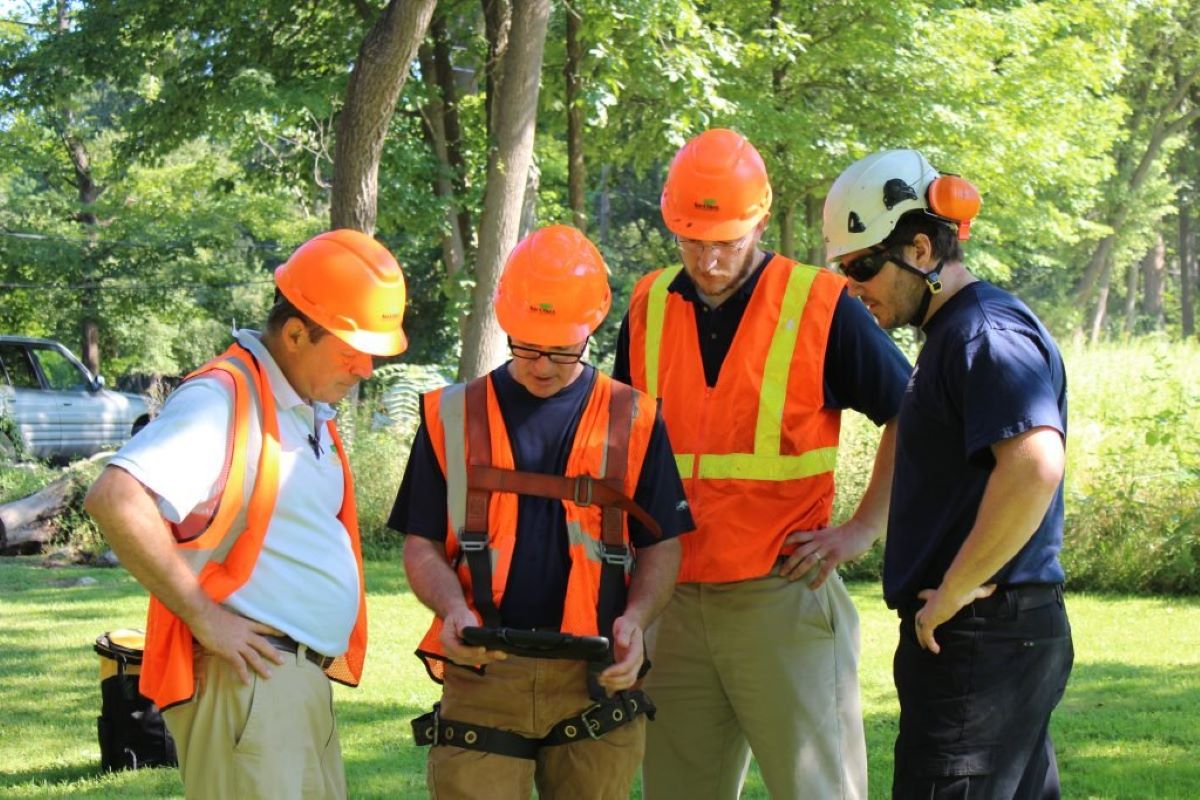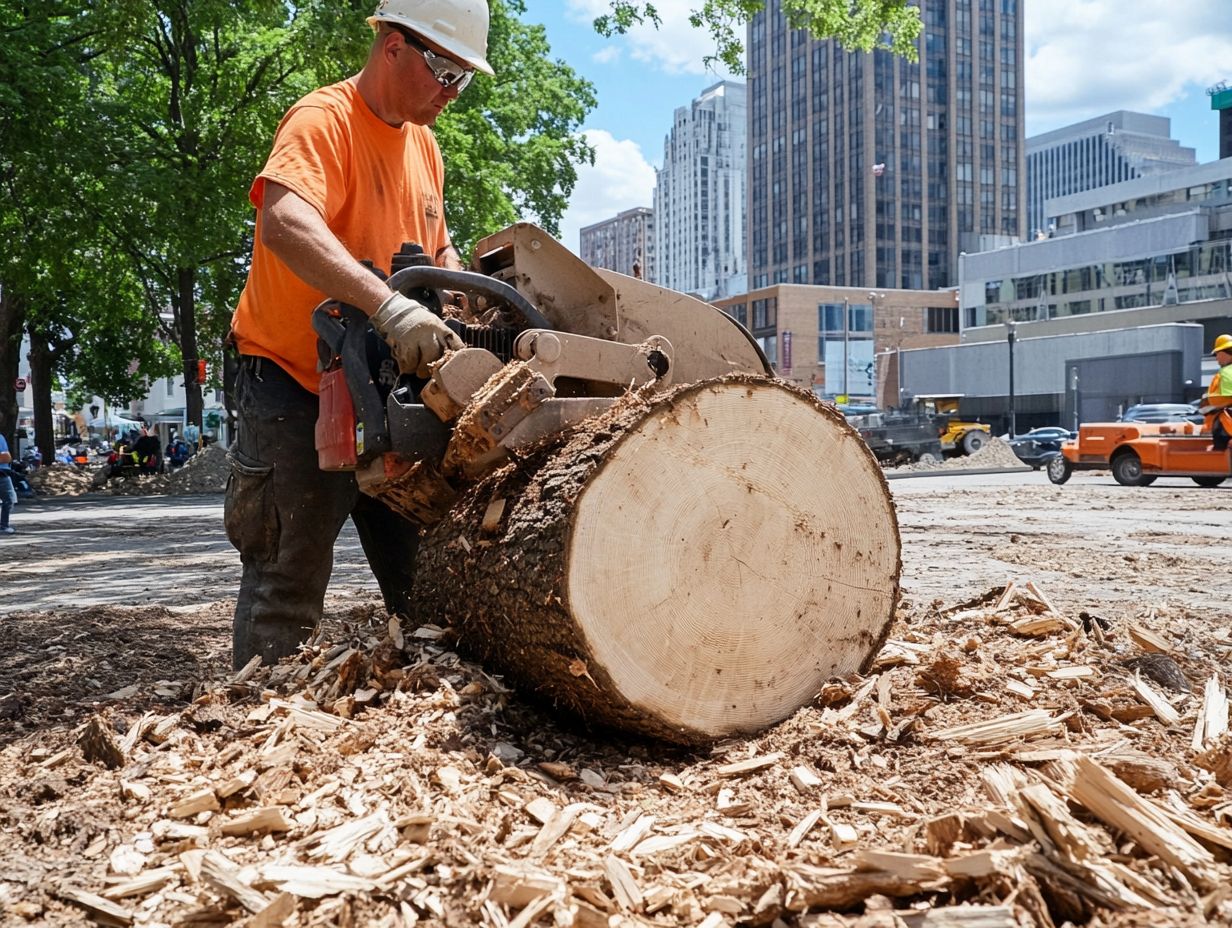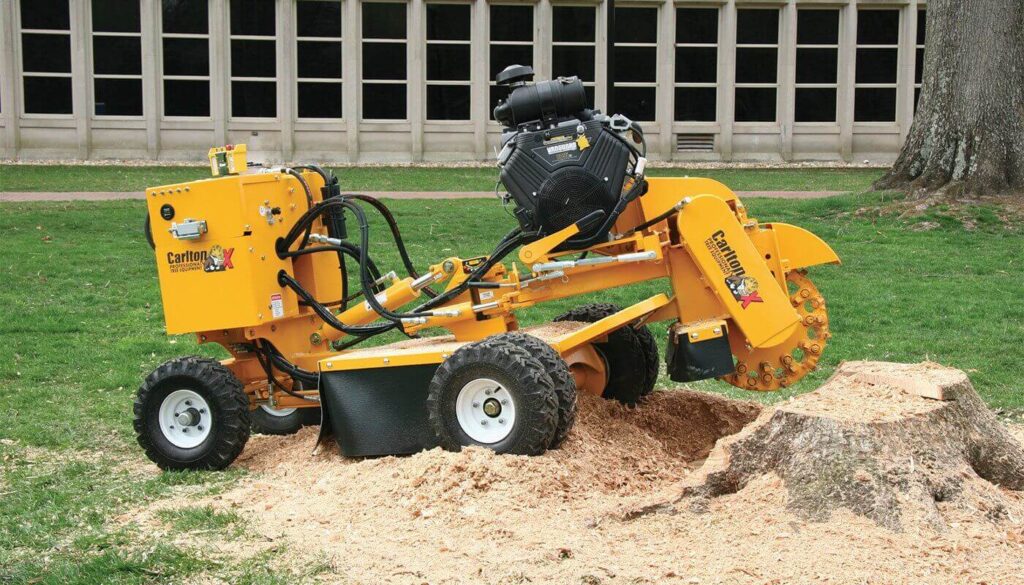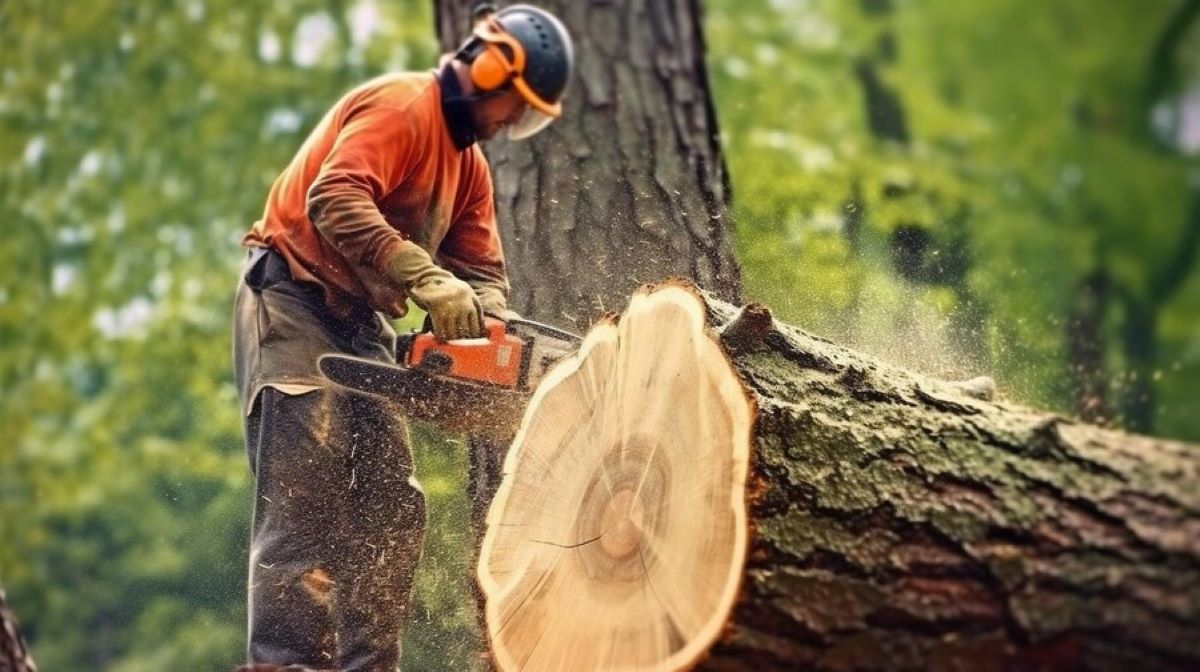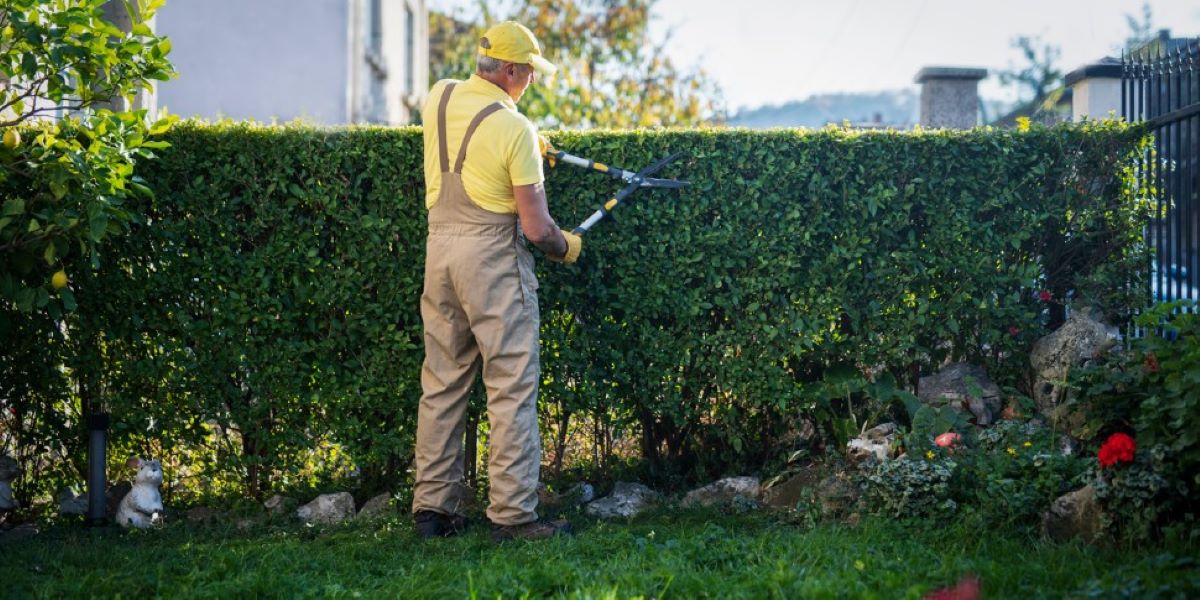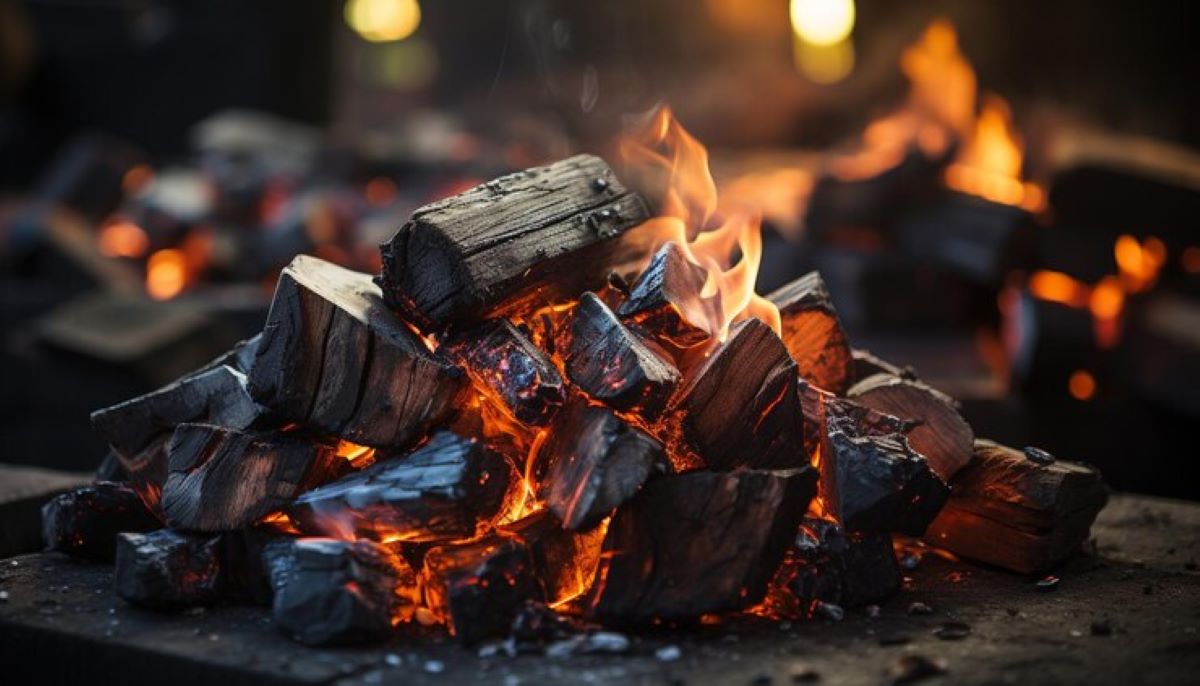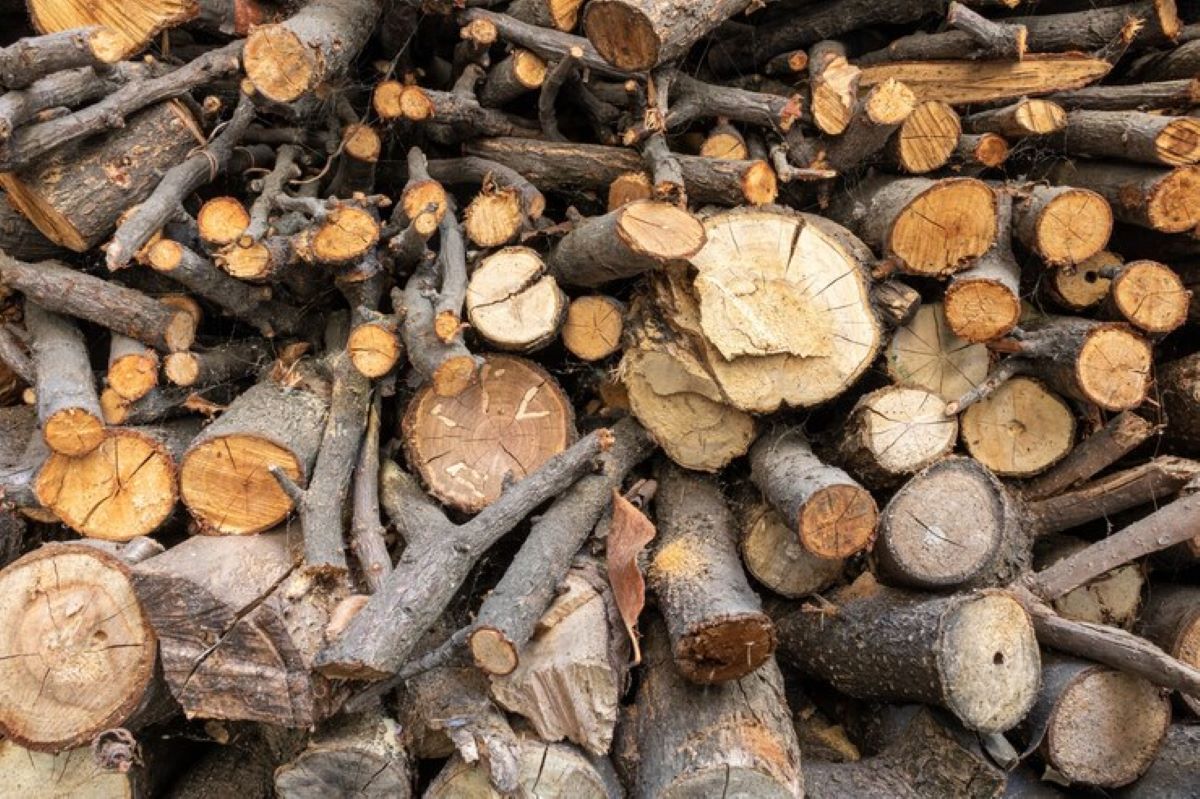Top Reasons You Need Professional Tree Removal in Sydney This Year
Tree removal has become one of the most important property maintenance services for homeowners across Australia. With severe weather, ageing trees and strict council regulations, professional tree removal in Sydney is essential for protecting homes, preventing accidents and maintaining healthy landscapes. Many homeowners search for tree removal near me, tree loppers near me or tree cutting services to find reliable experts who understand the risks associated with trees on residential and commercial properties. This article explains why hiring a certified tree arborist is vital and how professional tree removal services can save you from costly damage and safety hazards. Why Professional Tree Removal Near Me Is Crucial in Australia Australian weather conditions often cause trees to weaken or become unstable. High winds, storms, drought periods and heavy rainfall can create dangerous conditions for large trees. When trees are damaged, diseased or structurally compromised, they can fall unexpectedly and endanger your home, car or family members. Searching for a local tree removal service near me is the safest and most effective way to deal with trees that pose risks. Certified tree arborists use specialised equipment and follow strict safety procedures to remove trees without damaging your property. Common Signs You Need Tree Loppers Near Me for Immediate Help Many property owners fail to identify early signs that a tree needs urgent attention. These warning signs include dead branches, cracks on the trunk, leaning trees, hollow sections, fungal growth, excessive shedding or exposed tree roots. When these issues appear, it is important to contact professional tree loppers near me. Experienced arborists can inspect the tree, assess hidden structural weaknesses and recommend the safest solution. Whether it requires tree lopping, tree pruning or complete removal, a qualified arborist ensures the job is handled correctly and safely. The Role of a Qualified Tree Arborist in Safe Tree Removal Tree removal is not a simple task. A trained tree arborist follows industry standards to safely remove trees using the correct methods. Unlike unqualified operators, certified arborists understand tree biology, weight distribution, branch tension and advanced cutting techniques. They use harnesses, climbing gear and precision tools to remove trees piece by piece without causing property damage. A professional tree arborist also ensures compliance with local council regulations, which is particularly important in areas like the Hills District, North Shore, Blue Mountains and Inner West Sydney where protected species are common. Tree Cutting Services and Why Professional Expertise Matters Tree cutting may seem straightforward, but improper cutting can cause trees to fall in unpredictable directions. This can damage roofs, fences or vehicles and even cause injury. Professional tree cutting services use controlled techniques to remove trees safely. They examine the tree’s height, angle, structural integrity and environmental surroundings before planning the removal process. When you search for tree cutting services near me, choose companies with certified arborists who understand safe and efficient cutting practices. Difference Between Tree Lopping and Tree Cutting Services Tree lopping is different from complete tree cutting or tree removal. Tree lopping focuses on cutting back branches to control growth, shape the tree and reduce hazards such as overhanging limbs or branches touching powerlines. Tree lopping services help maintain tree health and appearance while preventing potential risks. On the other hand, tree cutting is more focused on removing the entire tree. Both services are essential, and the right choice depends on the condition of your tree. A professional tree lopping service can advise whether lopping or removal is the best option for your property. Why Local Tree Removal Is the Best Option for Sydney Homeowners Choosing a local tree removal company has many benefits. Local operators understand the tree species common to Sydney, including gum trees, bottlebrushes, jacarandas and palm trees. They are familiar with the specific environmental challenges and council laws in suburbs such as the Hills District, North Shore, Inner West, Central Coast and Blue Mountains. Local tree removal specialists offer faster response times, especially during emergencies after storms. When searching for local tree removal or tree removal near me, choose companies with strong local experience and community trust. Tree Removal Company Checklist Before You Hire Before hiring a tree removal company, make sure they offer the following important services and qualifications: A reliable tree removal company should provide an on-site inspection and a detailed quote. They should clearly explain the process, timeline and safety measures to ensure your property remains protected. Why DIY Tree Removal Is Unsafe and Often Illegal Many homeowners attempt DIY tree removal to save money, but this often leads to accidents and legal issues. Without proper training and equipment, removing a tree can result in serious injuries or property damage. Additionally, certain trees in Sydney are protected by local council laws, meaning removal without approval can result in fines. Professional tree loppers and tree removalists ensure the work is done legally, safely and efficiently. It is always best to search for tree lopping near me or tree removal service near me instead of attempting hazardous tasks on your own. Preventative Benefits of Tree Lopping Services Regular tree lopping helps maintain the safety and appearance of your property. Tree lopping reduces overgrown branches, improves sunlight exposure and prevents branches from damaging gutters or roofs. Hiring a professional tree lopping service near me ensures the tree is trimmed properly without causing long-term harm. Preventative maintenance through tree lopping or tree pruning can also help avoid the need for complete removal in the future. How Tree Removal Helps Protect Your Property Value Removing unsafe or dead trees enhances your property’s appearance and increases the overall value of your home. Trees that are poorly maintained can make your yard look unkempt and may deter potential buyers. Professional tree removal and tree services near me help maintain a clean, safe and visually appealing outdoor space. Whether you need tree cutting, tree lopping or complete removal, maintaining your landscape is an investment that pays off over time. Conclusion Professional tree removal in Sydney is essential for protecting your home, improving property safety


